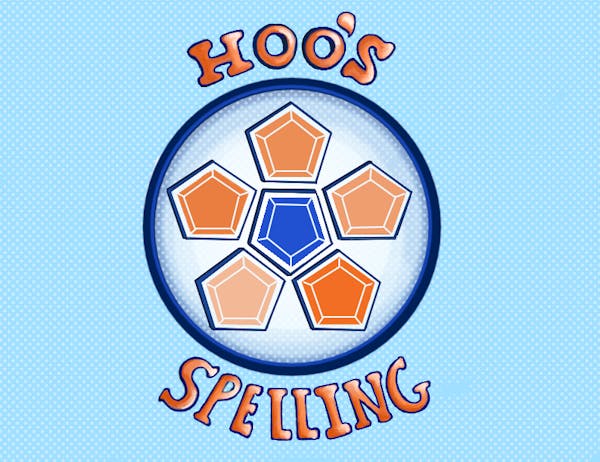As high school seniors eagerly await college acceptance letters in the coming weeks, debate continues over a component of applications that is increasingly absent--class rank.
Recent findings indicate that 39 percent of high schools have abandoned class rank. Furthermore, fewer and fewer private schools are ranking students, said David Hawkins, director of public policy for the National Association for College Admissions Counseling. While 85 percent of public high schools rank students, only 19 percent of private schools rank their students, Hawkins said.
According to Hawkins, private schools are abandoning rank in an effort to avoid doing a disservice to students by disclosing a rank that reflects a small, highly competitive work environment rather than a student's intellectual ability.
"I think the most obvious reason [private schools are abandoning rank at a higher rate than public schools] is because private schools tend to be small, and related to that, the non-parochial private schools tend to be pretty competitive," Hawkins said.
Rank can be especially deceiving at the smallest private schools, Hawkins continued. "Sixteenth out of 17th [in a class] doesn't mean you are at the bottom of the class. Out of 17 students, you may still have a 3.99 grade point average and 1500 SATs," he said.
Hawkins said she thinks the strategy of abandoning rank is working, as "some private schools suggest that when they took class rank off of transcripts, more students got into competitive colleges."
Carolyn Easterlin, a guidance counselor at Charlottesville High School, agreed that for highly competitive students with nearly identical GPAs, class rank can be misleading.
"It is unfortunate sometimes to have a number-one [student] when number three is so close," Easterlin said.
According to Admissions Dean John Blackburn, private schools have historically chosen not to rank their students.
Abandoning rank "is not a new thing," he said. "That happened 20 to 25 years ago with most independent schools. The schools want to make the students look as attractive as they can."
Blackburn agreed that many public schools are following suit and said several schools in Fairfax County no longer rank students.
"In terms of enrolling students, for people in the first-year class, about half of the students enrolling had a class rank," Blackburn said, attributing the high number of unranked students to the fact that half of University students are from Northern Virginia, where fewer schools use class rank.
While some colleges have developed alternative ways of determining a student's rank in light of this trend, Blackburn said he and fellow admissions officers simply rely on the student's GPA and other information provided in the school report when making admissions decisions.
"We're trying to figure out how well students have done within their own context," Blackburn said. "For [Thomas Jefferson High School], arguably one of the best schools in the nation, we go pretty far down into that class, knowing that we're getting excellent students."






